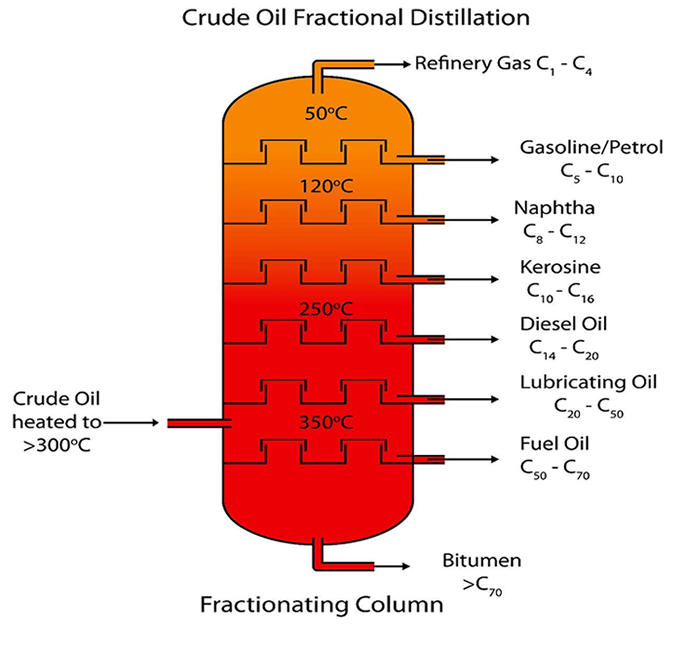After a certain exquisite base oil, it has a certain anti-oxidation effect, but it can not meet the demanding requirements of modern times and its follow-up. It is necessary to add anti-oxidation and anti-corrosion additives. The addition amount is second only to the detergent dispersant and viscosity index improver.
Pour Point Depressant Mechanism A pour point depressant is a chemically synthesized polymer or condensate that generally contains a polar group (or aromatic nucleus) in its molecule and an alkyl chain similar in structure to the paraffinic hydrocarbon. The pour point depressant can’t prevent the paraffin from crystallizing at low temperature, that is, the cloud point of the oil is unchanged. It changes the shape and size of the wax crystal by adsorption on the wax crystal surface or co-crystal with wax to prevent the wax from forming a three-dimensional network. The structure is such that it still maintains the ability of the oil to flow at low temperatures. It should be emphasized that the pour point depressant can only depressurize in oils containing a small amount of wax. The oil contains no wax or too much wax and has no pour point depressing effect. The most commonly used pour point depressant is methyl methacrylate.
Antirust and preservative mechanism A rust inhibitor is a very polar compound, Its polar group has a strong adsorption force on the metal surface, forming a tight single-molecule or multi-molecular protective layer on the metal surface, preventing the corrosive medium from coming into contact with the metal, and preventing rust. In addition, the base oil in which the rust preventive agent is dissolved can be adsorbed in a place where the rust preventive agent is less adsorbed, and penetrates into the rust preventive additive molecule, and the van der Waals force and the additive molecule act together to make the adsorption film more firm; In addition, due to the action of the base oil, the adsorption of the additive on the metal surface is stronger and harder to separate, and the oil can also form a concentrate with the additive, thereby making the adsorption film more compact. In short, these effects of the base oil are beneficial to protect the adsorbed molecules, maintain the thickness of the oil film, and play a certain role in rust prevention. The most commonly used anticorrosive agents such as: sulfonium sulfonate, calcium sulfonate, modified calcium sulfonate, boric acid amine, carboxylic acid amine.
Oilness agent mechanism Mainly refers to the lubricant’s ability to reduce friction. Additives used for the purpose of improving this performance are called Oilness agents, sometimes referred to as Friction reducers or friction modifiers, Used as an oily agent are certain surface active substances such as animal and vegetable oils, fatty acids, esters, amines and the like.
Antiwear agent mechanism It refers to the ability of a lubricant to form a film on a friction surface under light and medium load conditions to prevent wear. Such as: sulfurized fats, phosphates, metal dithiophosphates.
Antifoam mechanism When lubricating oil is used, it is often affected by shock, agitation, etc., so that air enters the lubricating oil, so that bubbles are formed, It affects the lubricating performance of lubricating oil, accelerates the oxidation speed, causes oil loss, and hinders the transmission of oil, interrupts the oil supply, hinders lubrication, and affects the transmission of pressure to hydraulic oil. The antifoaming effect is mainly to suppress the generation of foam and to increase the speed of eliminating the foam so as not to form a stable foam. It can adsorb on the foam and form an unstable membrane to achieve the purpose of destroying the foam. The most commonly used antifoaming agent is methyl silicone oil antifoaming agent. Antioxidant is an important additive to prevent oil aging, which can effectively improve the service life of oil.

